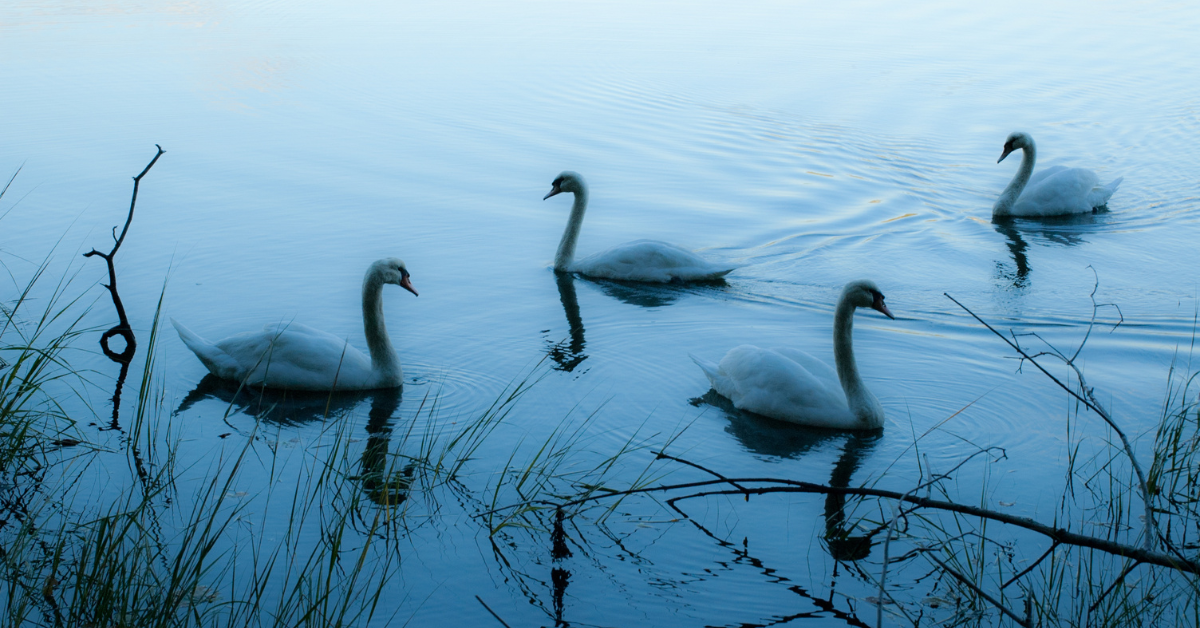Irish mythology is a body of legends that originate in Ireland. They were originally oral stories that were part of the multiple tribal Celtic cultures. Later, many of them were written down by Christian scribes and modified in various ways.
Today, the myths are still widely known, and many people are interested in learning more. The following are some of the well known myths, as a taster.
Pooka, Púca
The Pooka is an ancient phantom fairy creature that is common in Irish and Celtic mythology. It is a creature with a human or animal form and is said to possess great magical powers – a bringer of both good and bad fortune.
Pucaí are shape-shifters, and have been described as jet black with fiery gold eyes, though also with white fur or hair. They are known to be feared by people in all parts of Ireland, and some stories tell of them taking away Irish people.
The Pooka lives in the mountains and other similar wild places. It can take on the appearance of a goat, horse, hare, cockerel, or even a man (though human form often includes animal features, like ears or a tail).
Although this creature is mischievous, it is not usually dangerous to humans. In Irish mythology, the Pooka is often associated with mischief, sickness, and magic, and is one of the Sidhe (Irish Fairies) that are known to lead you astray.
[Read an Irish Folklore Tale: The Piper and the Puca]
Children of Lir
The legend of the Children of Lir (in Irish Oidheadh chloinne Lir) is a popular story in Irish mythology. It is a sad tale about a family and the power of jealousy, magical spells, and a 900-year curse. The story takes place during the ancient age of Ireland, and the children themselves are one girl, Fionnuala, and three boys; Aodh, and the twins Fiachra and Conn.
These were the children of the Irish King (one of the Tuatha Dé Danann) Lir. The children were cursed by their stepmother Aoife (daughter of Bodb Dearg, who was King over all the Tuatha Dé Danann) due to jealousy, transforming them into four white swans. They were cursed for the period of three hundred years on Loch Dairbhreach (Lake of the Oaks, Loch Derryvaragh); three hundred more on Sruth na Maoilé (the Straits of Moyle); and three hundred at Iorrus Domnann and Inis Gluairé (in the Bay of Erris, County Mayo).
On discovering Aoife’s treachery, her father Bodb cursed her with suffering greater than the children’s. The worst fate she could imagine was to exist as a Demon of the air, so that is what she was transformed into, and has remained that way since.
Tuatha de Danann
The Tuatha de Danann (tribe of the Goddess Danú) are legendary beings who brought with them to Ireland a variety of skills, and the Four Treasures of the Tuatha Dé Danann. They were proficient in druidry (druidecht), knowledge (fis), prophecy (fáitsine) and skill in magic (amainsecht).
These four treasures (also called jewels) they carried came from four different cities in their island homeplace: Murias, Falias, Gorias and Findias.
- From Murias was brought the Cauldron (coire) of the Dagda, from which no company ever went away from it unsatisfied (also known as the Coire ansic).
- From Falias came the Stone of Fál (Lia Fáil, Stone of Destiny), which would cry out beneath the king who took the sovereignty of Ireland. It is said to now be located on the Hill of Tara in County Meath.
- From Gorias came the Spear of Lugh and no battle was ever sustained against it, or against the man who held it.
- From Findias they brought the Sword of Light (claiomh solais) which belonged to Núada, their King. No one ever escaped from it once it was drawn from its sheath, and no one could resist it.
The Tuath Dé are often depicted as kings, queens, druids, bards, warriors, heroes, healers and craftsmen who have supernatural powers. They interacted with humans and were well-versed in the arts, sciences, and necromancy. They were (and still are) considered the primary gods of Ireland before the arrival of Christianity.
Fenian Cycle
The Fenian Cycle, also known as the Ossianic Cycle, the Fianna Cycle or Finn Cycle (in Irish: an Fhiannaíocht) is a body of early Irish literature which focuses on the exploits and adventures of the mythical hero Finn (Fionn mac Cumhaill) and his warrior band the Fianna. This includes his son Oisín, who narrates many of the tales, and so for whom the cycle is sometimes named for (Ossianic).
This series of stories has become one of the most popular parts of Irish mythology, and is a fascinating look at Irish history and culture. The cycle also contains stories about other famous Fianna members, including Diarmuid, Caílte, Oisín’s son Oscar, and Fionn’s rival Goll mac Morna.
[Read an Irish Folklore Tale about Fionn: The Two Giant Warriors]
Where To Now?
If you think that Irish Mythology is interesting, and might even be something you’d like to explore further, you can always:



Thank you, very interesting read. I remember being told the story of the Children of Lir as a child (had a lovely illustrated children’s book of Irish myths and legends) and this was the one that made me the most sad! Thanks for sharing.
Good for a beginner
The more I read, the more I realize how little I know.
Thank you for sharing the gift of your knowledge.
[…] to understand the Ireland of Cú Chulainn, and Na Fianna? Want to know why Newgrange is important, or Tara is considered […]